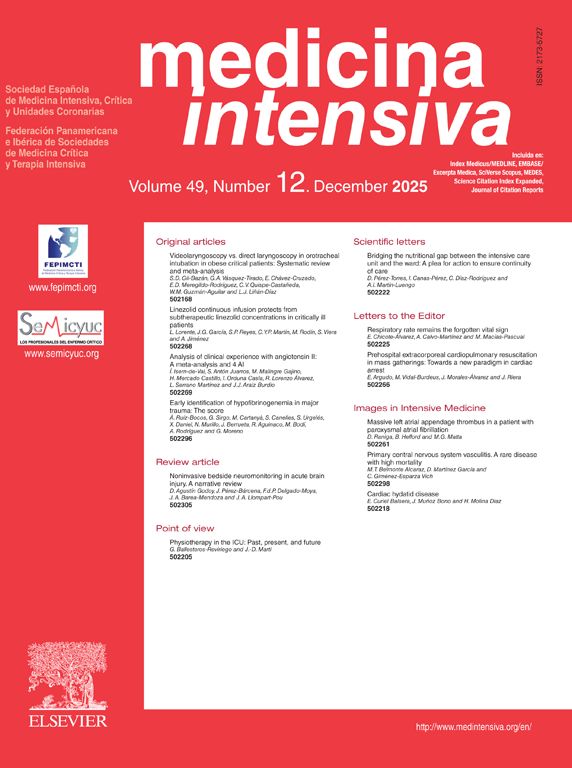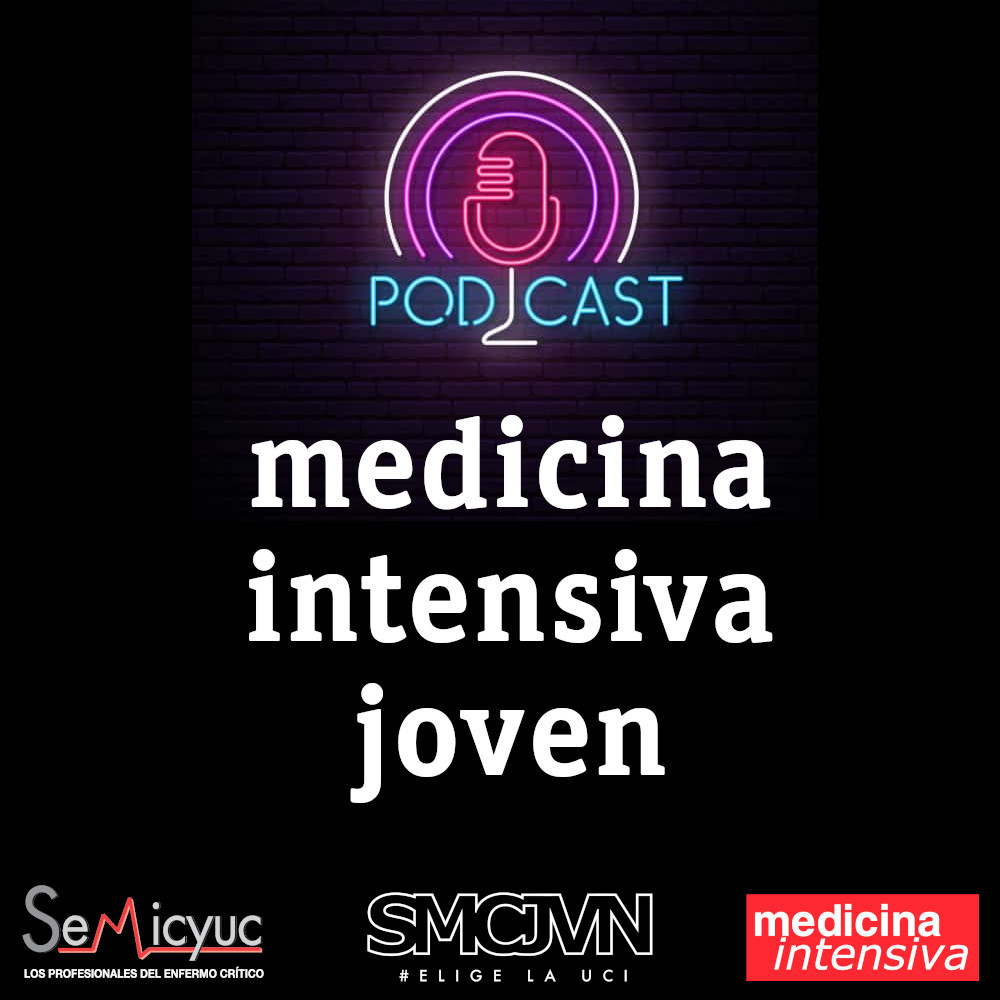was read the article
| Year/Month | Html | Total | |
|---|---|---|---|
| 2025 12 | 328 | 122 | 450 |
| 2025 11 | 729 | 148 | 877 |
| 2025 10 | 80 | 165 | 245 |
| 2025 9 | 0 | 159 | 159 |
| 2025 8 | 0 | 458 | 458 |
| 2025 7 | 0 | 123 | 123 |
| 2025 6 | 12 | 76 | 88 |
| 2025 5 | 306 | 86 | 392 |
| 2025 4 | 224 | 128 | 352 |
| 2025 3 | 208 | 62 | 270 |
| 2025 2 | 250 | 105 | 355 |
| 2025 1 | 164 | 95 | 259 |
| 2024 12 | 144 | 89 | 233 |
| 2024 11 | 175 | 92 | 267 |
| 2024 10 | 142 | 86 | 228 |
| 2024 9 | 188 | 108 | 296 |
| 2024 8 | 209 | 112 | 321 |
| 2024 7 | 193 | 111 | 304 |
| 2024 6 | 157 | 63 | 220 |
| 2024 5 | 149 | 87 | 236 |
| 2024 4 | 9 | 6 | 15 |
| 2024 2 | 28 | 7 | 35 |
| 2024 1 | 4 | 4 | 8 |
| 2023 12 | 20 | 12 | 32 |
| 2023 11 | 20 | 19 | 39 |




